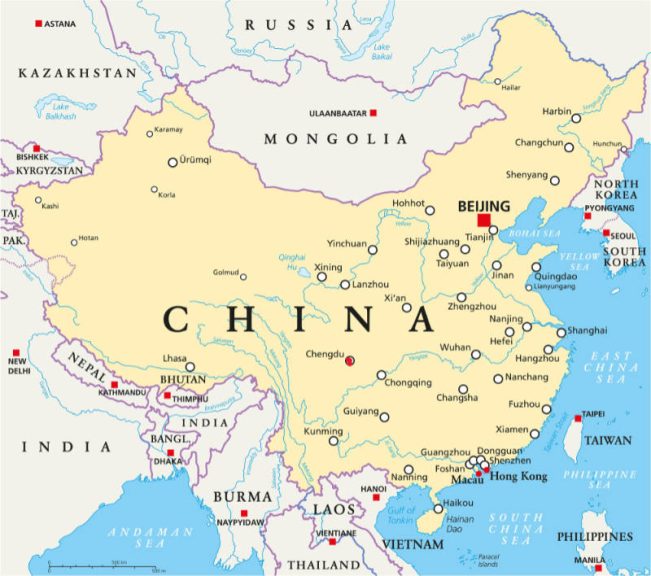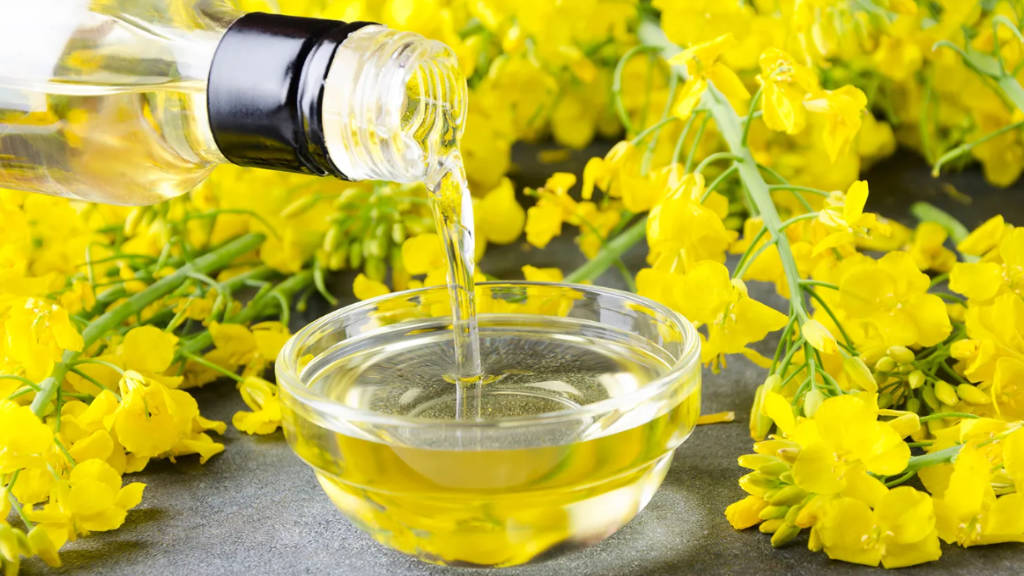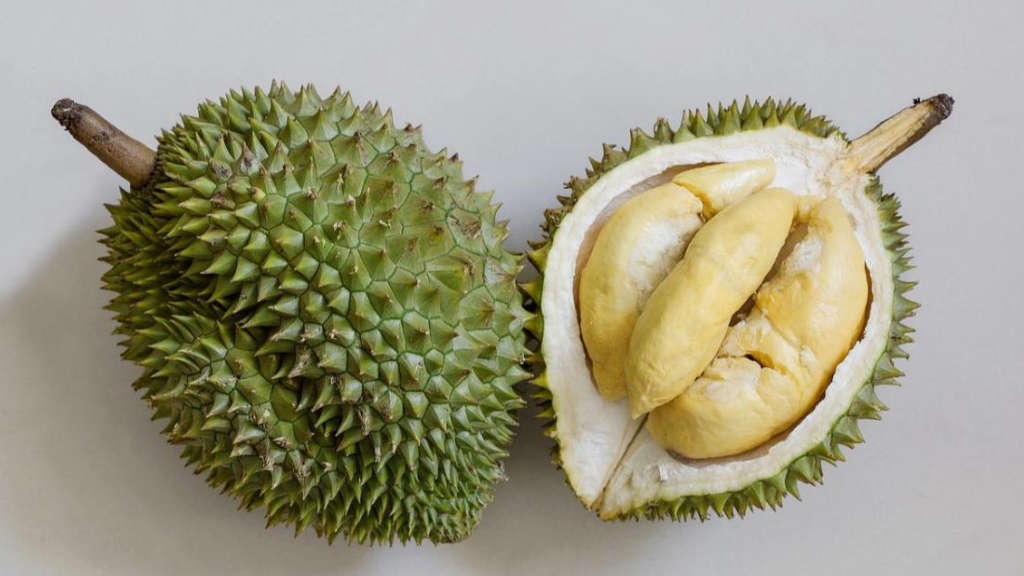Russian rapeseed oil has gained increasing popularity in the Chinese market and now accounts for over half of China’s imports of this product, according to Dmitry Kurbatov, Director of International Trade at Forward East Group. He was speaking at a Russian export business mission in Chengdu, China.
Kurbatov said, “Chengdu is the global capital of rapeseed oil. Russian rapeseed oil now holds over 50% of China’s import market.” Russia supplied 1.09 million tons of rapeseed oil, over 700,000 tons of sunflower oil, 132,000 tons of soybean oil, and 6,000 tons of flaxseed oil to China in 2024. Kurbatov said that in addition to vegetable oils, other promising export categories include meal, beet pulp, fishmeal, and barley feed flour.
Noting that oil and fat products constitute a significant share of Russian agricultural exports to China, Pavel Zarkov, the investment director at Russia’s Sodruzhestvo Group, said that with projected growth in oilseed harvests in Russia, there is potential to expand trade in this segment. “Sodruzhestvo’s production potential for key products includes 3 million tonnes of rapeseed meal, 2.5 million tonnes of rapeseed oil, and 1.5 million tonnes of soybean oil.” The group is currently implementing a project in the Amur region to build an oil extraction plant, which will provide an additional 200,000 tons of vegetable oils annually to Chinese partners.

Hong Wei, the head of the Trade and Transport Department at the Jiangsu Provincial Foreign Trade Corporation, said that the development of new logistics routes will thus facilitate trade. New supply chains are being established, including direct rail routes to Chengdu.
Chengdu, the capital of Sichuan province, has become a gateway for other Russian exports to China, particularly meat products, thanks to express container trains. Natalya Bartnovskaya, Business Development Director at the Cherkizovo Group, said that “Reduced delivery times create new opportunities and expand access not only to Sichuan’s large market but also to neighboring provinces.”
Sichuan has a population of 84 million and borders Chongqing municipality, Gansu, Guizhou, Shaanxi, Tibet, Qinghai, and Yunnan. These have an additional, collective population of 192 million consumers.
David Cheng, the vice president of the China Chamber of Commerce for Import and Export of Foodstuffs and Local Livestock Products, noted the growth in pea and cereal trade. Russian suppliers are displacing exporters from other countries in several categories.
For example, China opened its market to Russian peas in 2022, and exports have exceeded 2 million tons since 2023. From January to May 2025, shipments grew 31% year-on-year.
Another example is oats. While China previously imported them mainly from Australia, Russian oat flakes now hold half of the import market.
Ilya Ilyushin, head of the Agroexport federal center stated that Russia supplied US$6.4 billion worth of agricultural products to China in 2024. This year, exports could exceed US$7 billion, with the potential to reach US$11 billion by 2030 through increased vegetable oil shipments and expanded meat, dairy, and food product categories.
Further Reading
FESCO Plans to Set Up Transport and Logistics Hubs in China and India for SCO Trade Development





